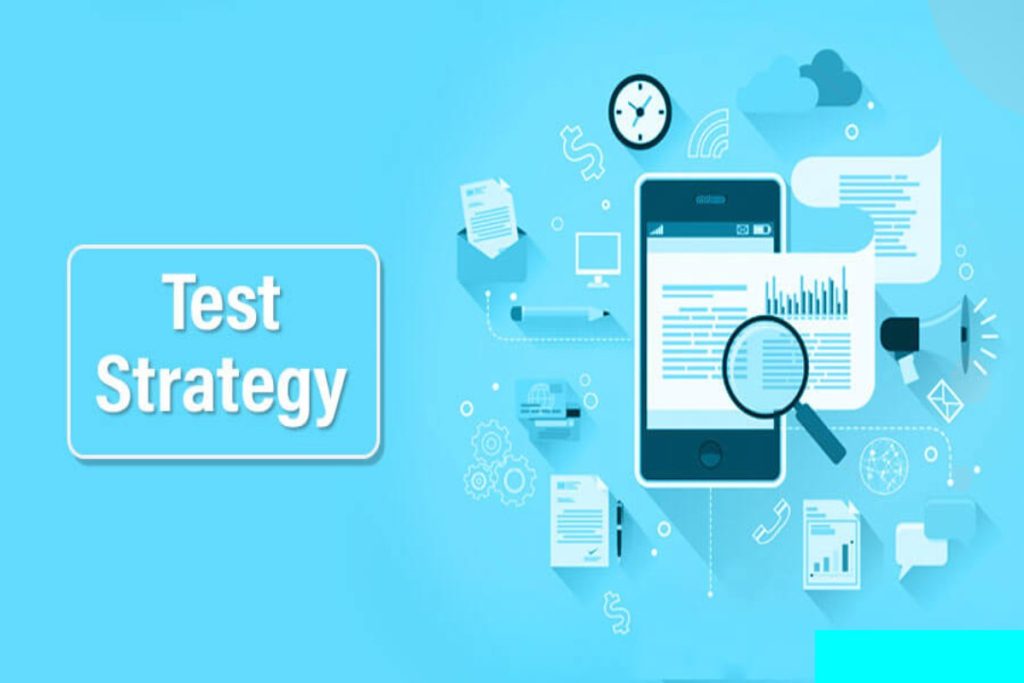Changing your testing strategy requires you to have a test strategy already. Test strategy is an important way of approaching software development. They show the type of testing to be performed, which entry and exit criteria applies, and how you can best manage the product risks at the test level.
Table of Contents
Fundamental Concepts of Test Automation
To create your testing strategy, you must clearly define the objectives of the automated testing and what you want to achieve. The first step to understanding how to automate testing in your business is choosing the appropriate automation tools and frameworks that best fit the project’s requirements. Additionally, you need to define the functionality of the upgraded software and understand the fundamental concepts of test automation. You also need a new testing strategy to test upgrades in the software. It would be best if you created this outline for every development design stage.
Test automation is the process of running tests automatically. Test automation compares the run-time data with the test data to produce valuable test results. The increased software development tools in the market mean developers have more work for them.
To ensure that a particular product performs as expected and is of the highest quality, developers must test all the application features. An application with limited features may require manual testing. However, a large application with various features would require more manual testing time.
But with automated testing, you would save more time and cost and test the quality of the software more efficiently. However, test automation is costly and requires tool compatibility. You also have to consider the number of regression cycles and the size of the regression test suite.
Overview of testing strategy
Any outline that shows the testing approach of the software development cycle is considered a testing strategy. A test strategy is created to ensure that the purpose of the stakeholders is fully understood and implemented. Due to the ever-changing nature of products, test strategy should always be challenged, revised, and reviewed.
Additionally, the test strategy shows the test level to be performed. There are three main levels of testing, system testing, unit testing, and integration testing. Test teams or individual testers often perform integration and system testing in most software development organizations, while software developers handle unit testing.
A crucial part of the testing strategy is the test plan. The test plan evaluates how long the testing phase will take to be completed. Each testing phase has its requirements. First, testers would execute all test cases; if there is no defect, they move to ensure that the software is working properly.
However, there are often defects, and when testers encounter them, they’ll have to fix that issue and then retest it to ensure it’s working as planned.
What Are Test Automation Techniques
Test automation techniques can be broadly categorized into functional and non-functional testing. Functional testing checks the real-world application of the software. In contrast, non-functional testing tests distinct software requirements such as data and secure storage.
Other individual testing techniques either fit into the above categories or combine them. They include:
Integration test: this test ensures that every part of the software functions separately and as a whole.
Unit test: Individual parts of the software are tested in unit tests. Unit testing can either be automated or done manually.
Regression test: is an overlap of functional and non-functional testing. A regression test ensures that no part of the recently tested software worsens after testing.
Choosing an automation testing tool that can run all these tests is an important part of your strategy you should not overlook. Because the tools you decide to use will determine how much testing you are able to achieve. For a high level of flexibility when it comes to automation testing, Functionize should be your to-go testing tool.
Test Automation Frameworks
Once you have determined the proper automated testing you need, you have to select a framework to organize the testing process. This framework will help make the testing process standard and connect everyone on the team. Here are some frameworks you can select;
Modular Based Framework
This is an efficient framework and the go-to choice of experienced automation testers. The framework arranges each test case into little, separate modules.
Linear Framework
This framework is best suited for a small team with little experience. In this framework, the testers create a test script for each test case.
Library Architecture Framework
This framework arranges tasks within the test script according to their common purposes. The tasks are then stored in a library that you can access whenever necessary. It is an upgrade of the Modular-based approach framework and requires that the user have experience.
Conclusion
By implementing test automation techniques, you can limit most of the work associated with extensive and repetitive testing, saving time and cost and boosting the efficiency of your business. While there are a thousand and one testing tools in the market for you to use, choosing the right automated software testing tool like Functionize is very important as part of your testing strategy.
